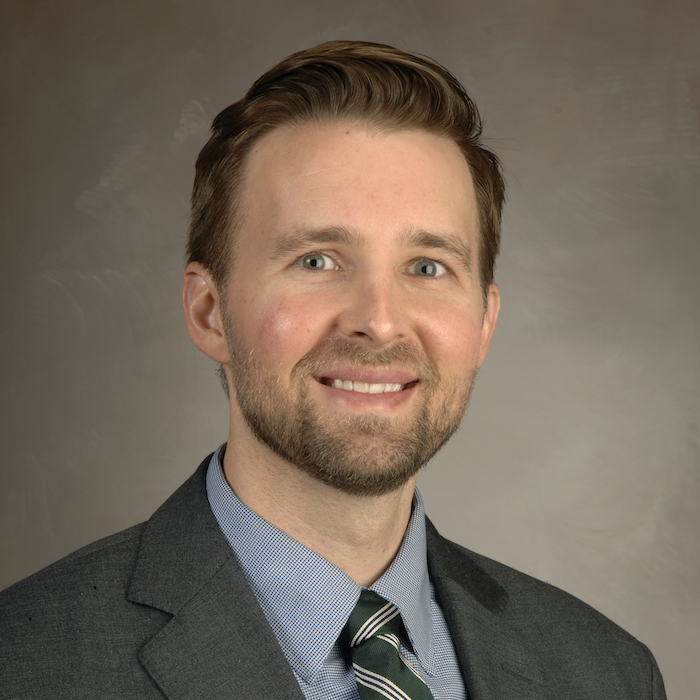Labral Tears / Shoulder Instability
The shoulder is the most mobile joint in the body. It consists of a ball known as the humeral head (the top part of the arm bone) and a socket known as the glenoid (a part of the shoulder blade). Since the shoulder allows motion in all directions, the socket part of the joint needs to be very shallow to allow that motion. To help stabilize the shoulder, our bodies have a cartilage rim around the whole circumference of the joint socket called the labrum. The labrum acts as a bumper to prevent the ball from slipping out of the joint. In addition, the shoulder contains a number of ligaments which further stabilize the joint and prevent dislocation. Furthermore, four muscles called the rotator cuff muscles surround the shoulder and contract to keep the shoulder joint reduced in its normal position.
The labrum experiences a significant amount of pressure when the ball of the shoulder joint pushes against it. The labrum may tear away from the socket as a result of an injury (dislocation) or from repetitive use (throwing athletes). This tear may occur anywhere along the perimeter of the shoulder socket. When the labrum tears in the upper half of the perimeter, the injury is called a SLAP tear (Superior Labrum from Anterior to Posterior). On the other hand, when the labrum tears in the lower front side of the perimeter, it is called anterior labral tear, and may cause anterior instability. When it occurs on the lower back side of the perimeter, it is called a posterior labral tear, and may cause posterior instability.
Labral tears can be both painful and debilitating. The pain comes from the tear itself and from the ball part slipping out of the joint. The disability develops because the patient can no longer place the shoulder in some positions without feeling apprehension of dislocation or slipping in the joint.
While some cases may respond to physical therapy, many patients require surgery to reattach the torn labrum back to the socket. This is an outpatient surgery which is performed arthroscopically. After anesthesia is given, the patient is placed on their side and a small weight is attached to a sleeve wrapped around their arm to allow easier passage of instruments and sutures. Three to four small incisions (under ¼" each) are made around the shoulder. A camera (arthroscope) is placed in the shoulder joint and using special instruments, the torn labrum is prepared for repair. Special suture tools called anchors are drilled into the joint socket and the sutures are passed through the torn labrum to reattach it back to its anatomic position. The number of anchors used depends on the size of the labral tear.
After surgery, the patient is placed in a special sling and physical therapy is started the first week. It is normal to notice a decreased range of motion initially; it is desired, and represents the expected consequence of fixing the labrum and ligaments back to the socket. Over the following three months, the range of motion is restored and strengthening is started. Over 90% of patients have a successful outcome with no recurrence of their instability.
Further information on this injury can be found in this handout, or on the AAOS OrthoInfo website, an orthopaedic resource center providing expert information.
